CLL Stages and Treatment
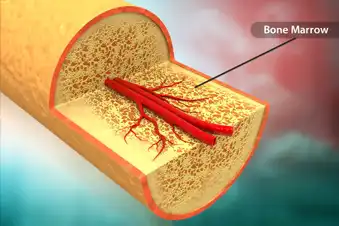
What Is CLL?
Chronic lymphocytic leukemia (CLL) causes your bone marrow – the soft, spongy tissue in the center of most bones – to make too many lymphocytes. Lymphocytes are a type of immature white blood cell. When you have CLL, your lymphocytes don't grow properly and can't fight infection very well.
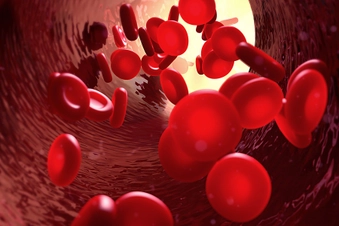
How CLL Spreads
CLL often happens in middle-aged or older adults. The cancer grows slowly, moving into your blood from your bone marrow. CLL can eventually spread to other parts of your body, like the liver, spleen, and lymph nodes.

How Serious Is It?
Your doctor picks the best treatment, depending on your CLL stage or how much it has spread in your body. Most doctors use Rai stages to describe your CLL risk. They’ll likely do blood and bone marrow tests. You’ll also get your lymph nodes and spleen measured.

Low Risk
Everyone with CLL has too many of a certain type of lymphocyte. Also called stage 0, low risk means you have too many lymphocytes but no symptoms. And you probably don't need treatment now.

Intermediate Risk
Intermediate risk includes stages I and II. You’ll have too many lymphocytes in your blood. Your lymph nodes, spleen, or liver may be swollen, too. You likely won’t need treatment unless your lymph nodes get very big or your lymphocyte count gets too high.
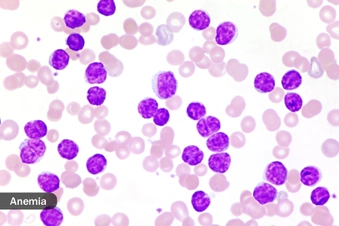
High Risk
High risk includes stages III and IV. You’ll have swollen lymph nodes, or a swollen spleen or liver, with too many lymphocytes. You may also have low red blood cells, a condition called anemia. You can get a low platelet count, too. This means your blood won’t clot well (thrombocytopenia). High risk is the most serious CLL stage, and your doctor will probably talk about treatments.
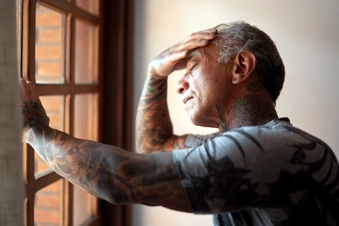
CLL Symptoms
People usually don't realize there's anything wrong at first. You’ll typically find CLL when you get a blood test for another reason. And you might not notice symptoms for years. Along with swollen lymph nodes, a sore throat, or a full feeling below your ribs, later stage CLL can make you:
- Very tired (fatigued)
- Run a fever
- Lose weight
- Sweat at night
- Get more infections
- Bruise easily

CLL Treatment Strategy
Although there’s no cure for CLL, treatments can ease symptoms and help you manage it. You and your doctor will create a treatment plan to help you bring on remission – times that you’ll be symptom-free. What's right for you can depend on your age, CLL stage, genetic makeup of the cancer cells, or your symptoms. As your CLL changes or comes back, your therapy might change too. You may need to try different options or several of them together.

Watch and Wait
The "chronic" part of CLL means that it gets worse slowly. Your doctor keeps a close eye on your test results and symptoms or does watchful waiting. Early on, there can be more downsides than benefits to treatment. So you won’t get treatment just yet. But you also won’t deal with medication side effects or problems. Do tell your doctor if you get tired more, feel unwell, or if you have infections or night sweats.
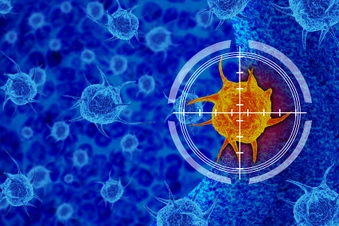
Targeted Drug Therapy
Targeted medicines can stop cancerous white blood cell growth with less risk of damage to your healthy cells, but some can have serious side effects. You'll get your cancer cells tested to find out which drug is the best fit. Your doctor may give you a Bruton's tyrosine kinase (BTK), phosphoinositide 3-kinase (PI3K), or a BCL2 inhibitor.
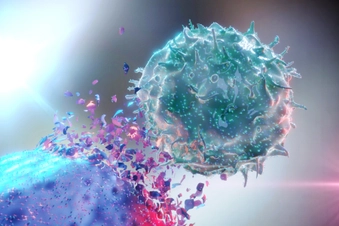
Immunotherapy
With CLL, your immune system forgets how to see dangerous cancer cells. Immunotherapy triggers it to do its job, to fight off and kill cancer cells. The therapy also uses monoclonal antibodies, lab-made proteins that kill cancer cells in your body. Immunotherapy can change how your immune system works. So you may get more infections. These medicines may be given with targeted therapies or chemo.
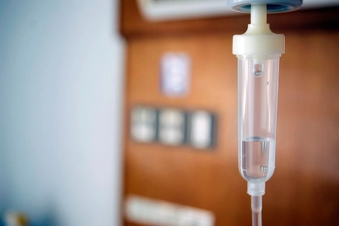
Chemotherapy
If targeted therapy doesn’t work, your doctor may suggest chemo to attack any fast-growing cells. It can quickly kill and stop CLL from growing. Your doctor may give you one or more medications, depending on your symptoms. You’ll get chemo as a pill or through an IV in your vein. IV chemo is usually done in a cycle, so your body rests between doses.

Bone Marrow Transplant
If other treatments don’t work, your doctor may suggest a bone marrow or stem cell transplant. It’s not common, but it uses strong chemotherapy to kill off all your bone marrow cells, including the CLL. Then, your doctor transplants or adds back stem cells so you can make healthy blood cells again.

CAR T Immunotherapy
CAR T immunotherapy teaches the T cells of your immune system how to find and attack CLL. Your doctor may recommend it if other options aren’t working for you. You’ll usually get one treatment in the hospital.
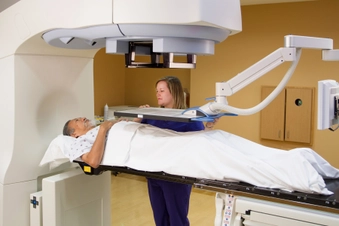
Radiation Therapy
Radiation therapy uses high-energy X-rays to painlessly kill cancer cells and keep them from growing. Your lymph nodes and spleen can get swollen trying to filter out so many cancer cells. Radiation can shrink these painful glands and give you relief.

Related Problems
CLL can take a toll on your immune system. You might be more prone to serious infections or other types of cancers. Your doctor will monitor your health, tell you about vaccines, and help you prevent or treat infections. You may need blood product transfusions or medications to raise your red blood cells and platelets. Let your doctor know right away if you have any new symptoms. They’ll likely change or add to your treatment plan.

Healthy Lifestyle Habits
No matter how your cancer advances, a healthy lifestyle can help you live better with CLL. Exercise regularly, eat nutritiously, and get enough sleep. Get a massage, do yoga, or meditate. Relax any way you can to help ease your fatigue and lower stress. Ask a loved one or friend to go to appointments, take notes, and be there when you need it most.
Show Sources
IMAGES PROVIDED BY:
1) iStock/Getty Images
2) iStock/Getty Images
3) E+/Getty Images
4) E+/Getty Images
5) iStock/Getty Images
6) Jose Luis Calvo/Science Source
7) E+/Getty Images
8) Westend61/Getty Images
9) iStock/Getty Images
10) iStock/Getty Images
11) iStock/Getty Images
12) iStock/Getty Images
13) DigitalVision/Getty Images
14) NEMES LASZLO/Science Source
15) iStock/Getty Images
16) Science Photo Library/Getty Images
17) DigitalVision/Getty Images
SOURCES:
UpToDate: “Staging and Prognosis of Chronic Lymphocytic Leukemia.”
Mayo Clinic: “Chronic Lymphocytic Leukemia.”
PDQ Adult Treatment Editorial Board. PDQ Cancer Information Summaries: Chronic Lymphocytic Leukemia Treatment (PDQ) – Patient Version, National Cancer Institute (US), 2002.
American Cancer Society: "What Is Chronic Lymphocytic Leukemia?" "Monoclonal Antibodies for Chronic Lymphocytic Leukemia," "Targeted Therapy Drugs for Chronic Lymphocytic Leukemia," "Chemotherapy for Chronic Lymphocytic Leukemia (CLL)," "Surgery for Chronic Lymphocytic Leukemia," "Stem Cell Transplant for Chronic Lymphocytic Leukemia," "Supportive Care for Chronic Lymphocytic Leukemia," "Living As a Chronic Lymphocytic Leukemia Survivor," "Targeted Therapy Side Effects."
University of Rochester Medical Center: “Chronic Lymphocytic Leukemia (CLL): Stages,” “Chronic Lymphocytic Leukemia (CLL): Targeted Therapy.”
Stanford Medicine: “Chronic Lymphocytic Leukemia (CLL): Stages.”
Leukemia & Lymphoma Society: “CLL Staging,” “Beginning Treatment for CLL,” “Watch and Wait,” “FDA Approves First CAR T-Cell Therapy for Chronic Lymphocytic Leukemia,” “Splenectomy,” “Chemotherapy and Drug Therapy,” “Chronic Lymphocytic Leukemia.”
Cleveland Clinic: “Chronic Lymphocytic Leukemia (CLL).”
Gwen Nichols, MD, chief medical officer, Leukemia & Lymphoma Society, New York City.
George Valentine, CLL patient, advocate, Arlington, Texas.
UCSF Health: "Chronic Lymphocytic Leukemia," "Chronic Lymphocytic Leukemia Treatment."